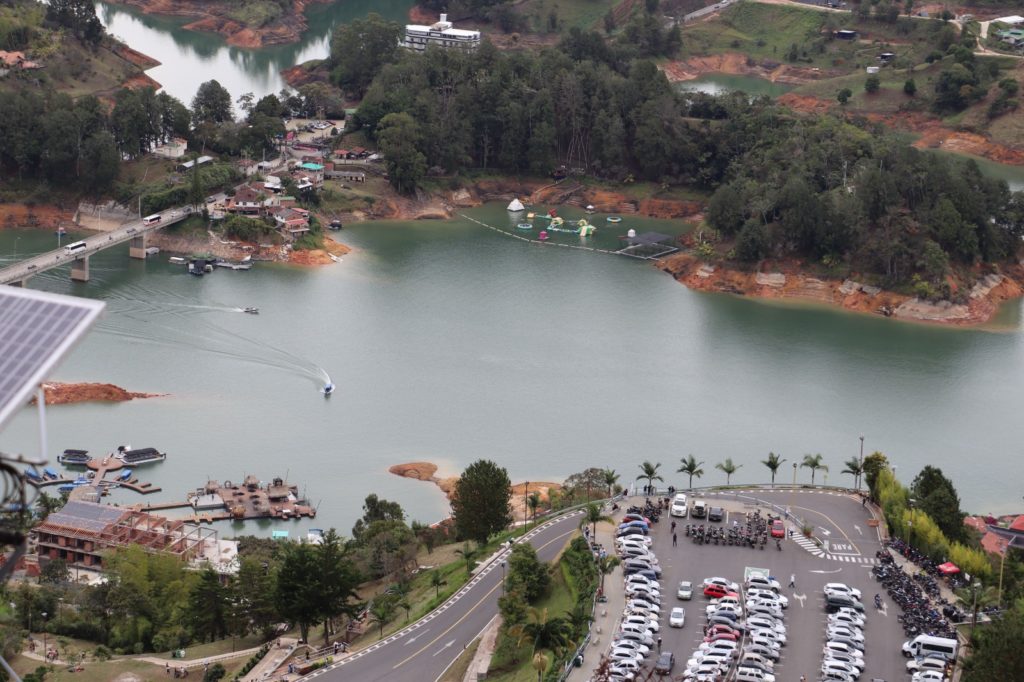
Colombia is no stranger to energy crises. The ‘El Niño’ phenomenon had a devastating impact on the country in 1992. This natural event triggered a severe drought, affecting water levels in reservoirs that supply hydroelectric generators, and leading to widespread power cuts.
‘El Niño’ is characterized by intense sunlight and extreme heat. The Colombian president at the time, Cesar Gaviria, faced huge problems with the country’s power infrastructure. On Monday, March 2, 1992, nationwide power cuts were announced.
In Bogota, power cuts were for 9 hours per day. In San Andres and Providencia, two islands in the Caribbean, power cuts lasted for 18 hours per day. Cali was even more extreme in its measures. It was announced that people who deliberately wasted water could go to jail for up to six days. The message was clear: Colombia was forced to go through daily blackouts to face the energy crisis.
What effects did the energy crisis have on Colombians?
Colombians were forced to modify their daily lives. Watching TV, listening to the radio, and showering were activities that had to be modified in every household. The government initiative “Close the Tap” encouraged people to use water responsibly. This is similar to the water rationing that Bogota is due to start in the coming days. During the blackout hours, people felt as if they were living in the Middle Ages.
Crucial tasks such as homework were done by candlelight, people cooked on gas stoves, and children played in the dark. A 1992 document from the Catholic University of Pereira, ‘The year we lost the light’, stated that “Colombians woke up to a harsh reality. The light switch would not do anything, ovens could not be used to make lunch or dinner at regular hours, and businesses and enterprises would have a brutal year.”
The year 1992 was indeed brutal for Colombia. Power cuts lasted beyond Christmas, which that year had to be celebrated in the dark. These power cuts did not only have a societal impact, they also left their legislative mark.
How did Colombia overcome the energy crisis?
As a result of the 1992 energy crisis, two laws were created. Law 142 of public services and Law 143 of electricity. These laws reformed the national power industry and allowed private corporations to join the service chain. This was done within a wider framework of privatizations in Latin America.
The laws also created new institutions such as the Energy and Gas Regulatory Commission, The Mining and Energy Planning Unit, and The National Dispatch Center.
Additionally, another measure that was taken to avoid another blackout was adjusting tariffs that could finance the operation of the power industry. Currently, the national power and electricity industry faces increasing challenges and attacks against its infrastructure, but at present it is strong enough to avoid another power shortage like the one suffered almost 30 years ago.
See all the latest news from Colombia and the world at ColombiaOne.com. Contact our newsroom to report an update or send your story, photos and videos. Follow Colombia One on Google News, Facebook, Instagram, and subscribe here to our newsletter.

